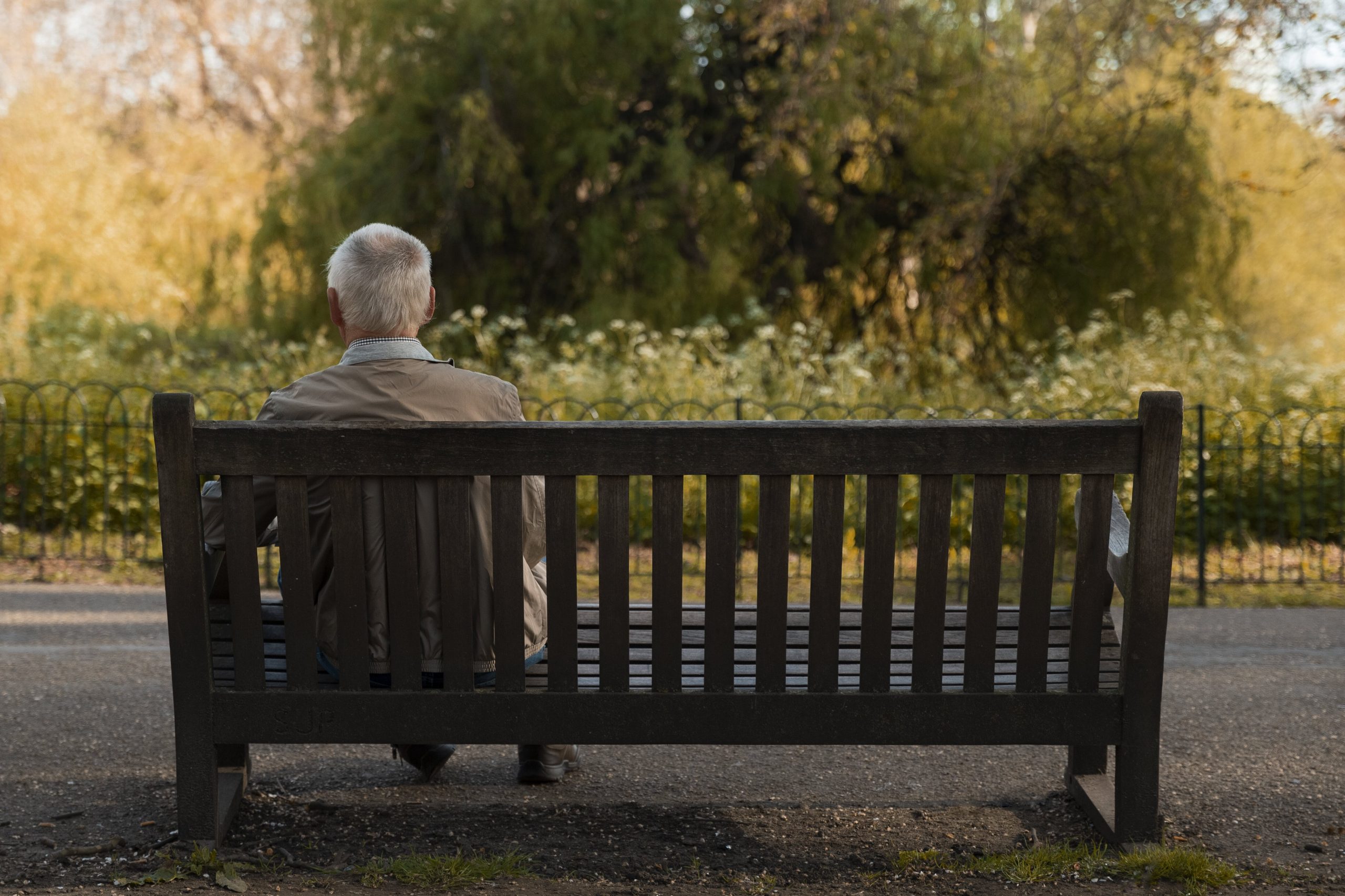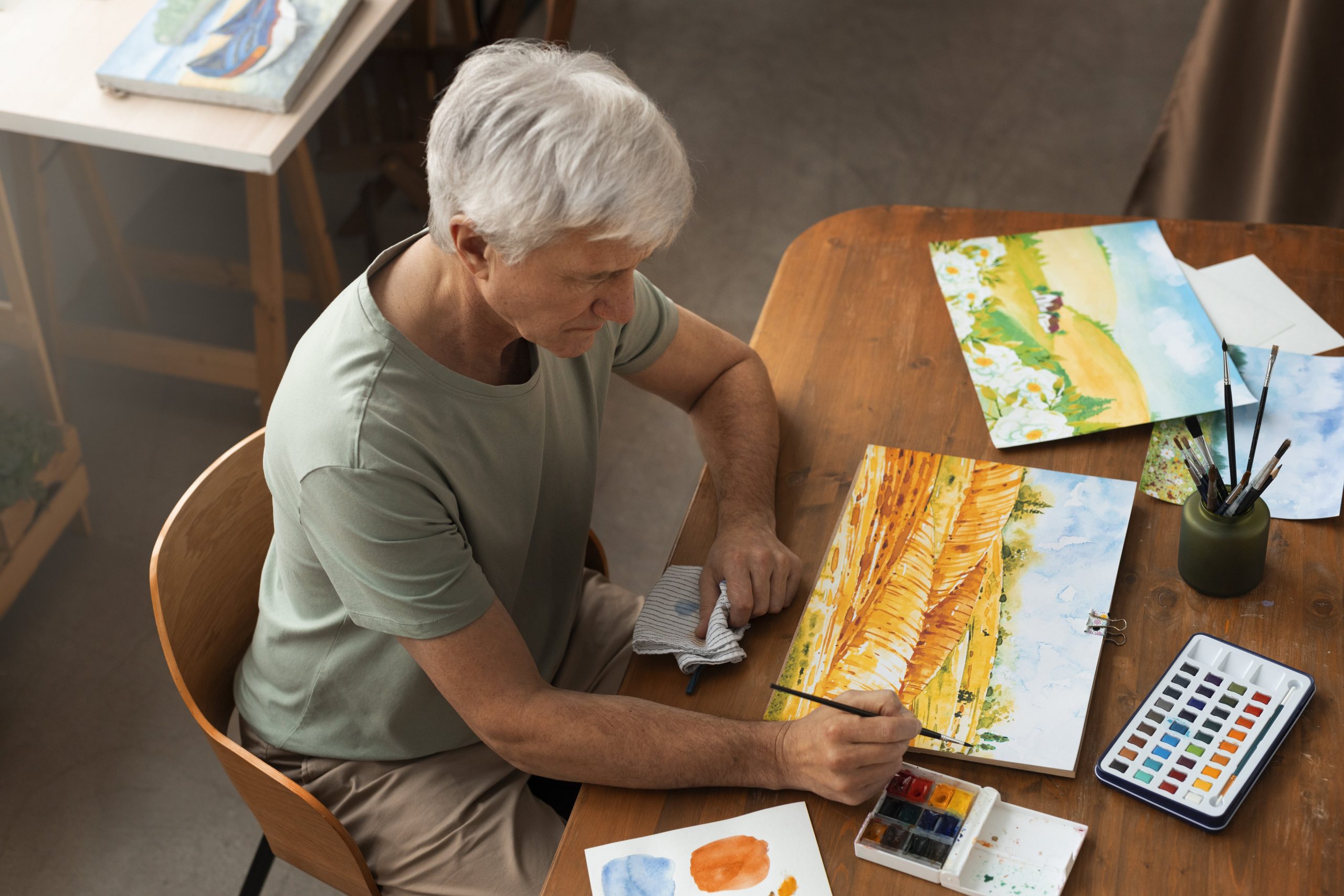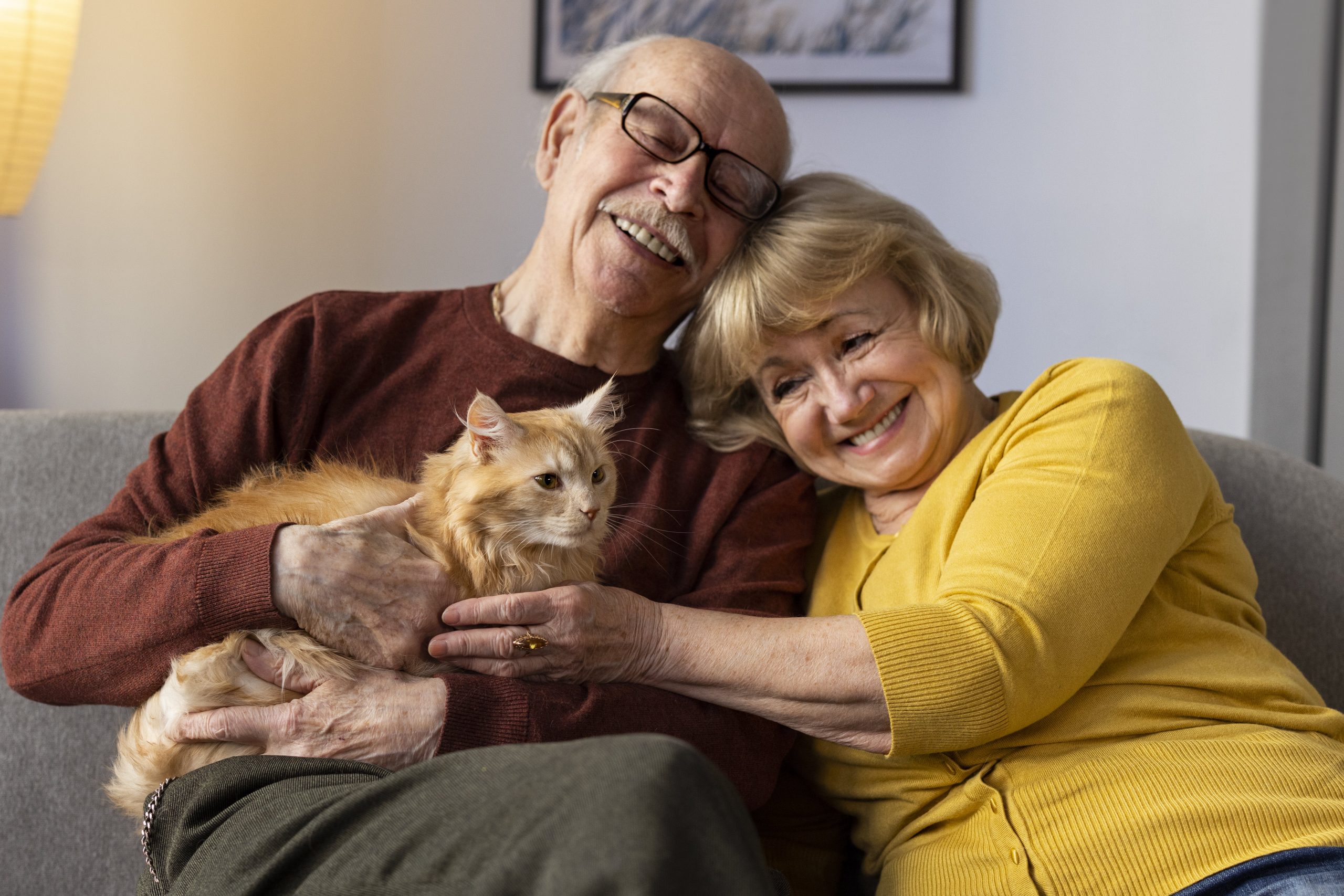Just as any chronic disease requires care and attention, loneliness and social isolation need similar treatment, as their repercussions can be as serious as those of any life-threatening illness. According to Lauren Gerlach, D.O., M.S., feelings of loneliness that persist over a long period are equivalent to smoking 15 cigarettes a day or having alcoholic drinks daily.
Table of Contents
ToggleDifference Between Loneliness and Social Isolation:
We often use loneliness and social isolation interchangeably, but they are not the same, especially for older adults. Loneliness is a subjective feeling where a person perceives themselves as being alone. It’s the emotional experience of feeling disconnected, regardless of the number of people around them. In contrast, social isolation is an objective state where an individual has minimal social contact or interaction with others.
For older adults, loneliness and social isolation can occur simultaneously or separately. An older adult may feel lonely even when surrounded by people if they don’t have meaningful or fulfilling connections. Conversely, someone can be socially isolated—living alone with minimal social interaction—but not feel lonely if they are content with their situation or find comfort in solitude.
Recognizing the distinction between loneliness and social isolation is crucial in addressing these issues effectively.
How to Recognize Loneliness and Isolation?
Identifying the signs of loneliness and social isolation in older adults can be challenging, as they are reluctant to share their true feelings. However, there are several signs to look for:
1. Uninterested in Social Activities:
When someone becomes uninterested in social activities they once enjoyed, it is a sign of isolation, depression, or loneliness. This lack of interest could stem from feeling disconnected from others or losing the motivation to engage due to emotional struggles. It’s important to pay attention to these changes, as they often indicate a need for more social support, encouragement, and understanding.
2. Changes in Communication:
Reduced phone calls, less frequent communication, or a reluctance to initiate contact with family and friends could signal a desire for less interaction or a feeling of being disconnected. They also show a lack of enthusiasm in conversations or avoid discussing personal feelings or thoughts. This isolation impacts their ability to engage in diverse conversation which impacts their vocabulary.
3. Decline in Physical Health:
Loneliness and isolation can lead to a lack of motivation to maintain personal health among seniors. This often results in poor personal hygiene, unintended weight loss, and difficulty managing chronic conditions. The combination of these factors can weaken the immune system, making seniors more susceptible to various illnesses.
4. Mood Changes:
Increased irritability, sadness, or frequent mood swings can indicate feelings of loneliness. As social connections diminish, seniors may begin to feel disconnected from their environment and the people around them leading to depression or anxiety.
5. Cognitive Decline:
Lack of social engagement can sometimes accelerate cognitive decline making it essential to observe changes in memory and decision-making abilities. Seniors experiencing this emotion are more likely to be cognitive impaired and it increases the risk of dementia.

Who Faces the Risk of Isolation?
Certain groups of older adults are more susceptible to experiencing loneliness and social isolation. Understanding who is at higher risk can help in developing targeted interventions.
- Widowed or Divorced Seniors
- Seniors Living Alone
- Those with Chronic Illnesses or Disabilities
- Older Adults Without Family Support
- Low-Income Seniors
- Recently Retired Individuals
Identifying these at-risk groups can help caregivers and family members to focus their efforts where they are most needed.
How to Help Seniors Deal with Isolation?
Here are ten effective ways to help seniors deal with isolation.
1. Regular Social Interaction:
Social interaction is essential for emotional well-being. Encourage seniors to participate in local community activities, attend social gatherings, or join clubs that align with their interests. Whether it’s a book club, gardening group, or a senior center, these social settings provide opportunities to meet new people, make friends, and engage in meaningful conversations.
2. Facilitate Family Connections:
Staying connected with family is one of the most comforting ways to combat loneliness. Encourage regular family visits, phone calls, or video chats. Consider setting up a schedule for weekly or bi-weekly family video calls where everyone can catch up and share updates. This helps seniors feel included and valued, even from a distance.
3. Promote Hobbies and Interests:
Hobbies are a great way to keep the mind engaged and reduce feelings of loneliness. Encourage seniors to continue with hobbies they have always enjoyed or to explore new ones. Activities like painting, knitting, gardening, or bird-watching can be therapeutic and fulfilling. Engaging in hobbies also provides a sense of purpose and accomplishment.

4. Encourage Physical Activity:
Physical activity is beneficial not just for physical health but also for mental well-being. Encourage seniors to stay active by taking daily walks, participating in yoga or tai chi classes, or doing light exercises at home. Exercise releases endorphins, which can help improve mood and reduce feelings of depression and anxiety that often accompany isolation.
Seniors with limited mobility cannot participate in social activities, so analyze their needs and check what mobility aid they need. It will boost their confidence, and they can start living their life their way. Here are some examples of adaptive technology that your seniors may need:
- Walker
- Motor scooter
- Hearing aid
- Modified computer keyboard or mouse
- Telephone amplifier
- Vehicle adaptations for easier driving
Read More: Activities for Seniors with Limited Mobility
5. Introduce Technology for Connection:
Technology can be a powerful tool to bridge the gap of isolation. Teach seniors to use smartphones, tablets, or computers to stay connected with loved ones and the broader community. Video calling apps, social media, and online forums can help them feel more connected to the world. There are also numerous online communities and groups specifically for seniors.
Read More: Cyber Security for Seniors: The Ultimate Guide to Secured Living
6. Arrange Regular Outings:
Outings can provide a refreshing change of scenery and break the monotony of daily routines. Whether it’s a trip to the park, a visit to a museum, or simply going out for lunch, these outings can offer social interaction and mental stimulation. It’s also a great opportunity for physical activity and fresh air.
7. Social Meals:
Meal times are moments to unwind, sit together, and discuss things you have been holding back while enjoying your favorite food. For elders living alone, families should visit regularly to show support. If seniors do not have any chronic illnesses, they can visit family, invite friends over for lunch or dinner, or dine out at a restaurant. These activities can help overcome feelings of loneliness.
8. Pets:
Pets can offer unconditional love and companionship, helping to reduce loneliness. For healthy seniors, having a pet can provide emotional support, a sense of responsibility, and routine. For those who cannot care for a pet full-time, visiting therapy animals or having family pets visit can be a great alternative.

9. Create a Routine:
The daily routine can provide structure and a sense of normalcy, reducing feelings of aimlessness that often accompany isolation. Encourage seniors to create a schedule that includes various activities such as exercise, hobbies, social interactions, and relaxation. This not only keeps them occupied but also helps maintain a balanced lifestyle.
Many adult finds it challenging to provide full-time care for their parents. However, they can ensure their loved ones are safe and well-cared by hiring a professional live-in caregiver. Caregivers offer a wide range of services tailored to the specific needs of seniors, including both care and companionship, to enhance their quality of life and ensure they feel supported and connected.
10. Encourage Professional Help:
Sometimes, despite best efforts, feelings of isolation can lead to depression or anxiety. In such cases, it’s essential to encourage seeking professional help. Therapists, counselors, and support groups can provide coping strategies and a safe space to express feelings. Don’t hesitate to consult a healthcare professional if you notice signs of severe loneliness or depression in a senior.
Negative Effects of Loneliness and Isolation:
Loneliness and social isolation are not just emotional experiences; they pose risks of significant health issues up to 25 % and not just mental health issues (anxiety, depression, suicidal thoughts) put you at risk of heart disease, dementia, stroke, obesity, high blood pressure, and diabetes.
Some studies have shown that loneliness and social isolation increase;
- 50% chance of dementia
- 29% risk of heart disease
- 32% risk of stroke
Considracare’s caregivers are well-trained professionals, delivering the best quality care for your loved one. Please reach out to us at wecare@considracare.com

Conclusion:
Isolation among seniors is a significant concern, but it can be managed with the right strategies. By encouraging social interaction, promoting hobbies, facilitating family connections, and offering professional support, we can help seniors live fulfilling and connected lives. It’s about creating a supportive environment where they feel valued and understood, ensuring they never feel alone.
FAQ’S
1. What is senior isolation?
Senior isolation occurs when older adults have little social contact, often due to living alone, losing loved ones, or health issues. This can lead to loneliness and negatively impact their mental and physical health.
2. How do you help an elderly person with loneliness?
To help, encourage regular contact with family and friends, involve them in community activities, support hobbies, introduce them to technology for socializing, or consider pet companionship.
3. What are the interventions for elderly isolation?
Interventions include promoting social activities, using technology to stay connected, participating in community programs, and seeking professional help.
4. Are cats or dogs better for seniors?
Cats are low-maintenance and suitable for seniors who prefer a quiet companion, while dogs require more activity and can encourage exercise and social interaction. The best choice depends on the senior’s preferences and lifestyle.

Fakiha is an experienced writer at ConsidraCare with an optimistic interest in life. She has a proactive approach to improving health and wellness for seniors. She offers well-researched and thoughtful information to help individuals make informed healthcare decisions for themselves and their loved ones.


